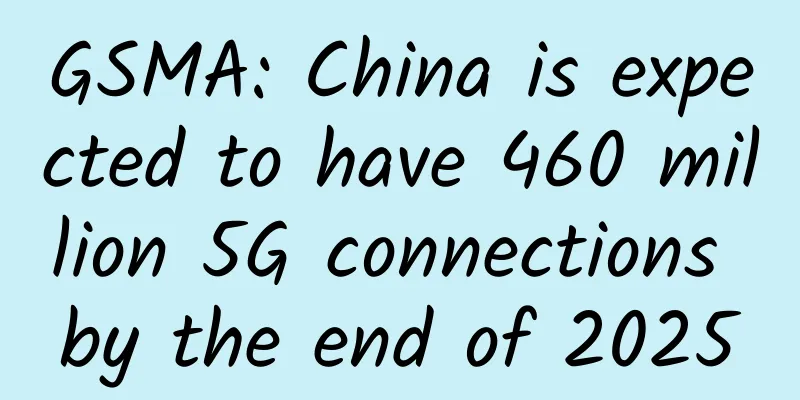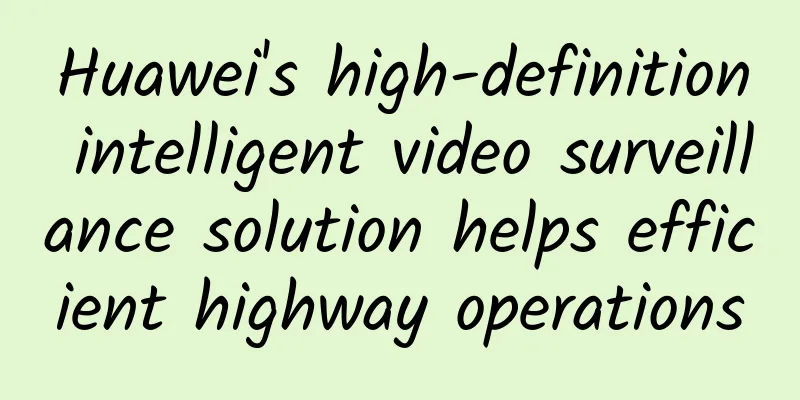5 exciting 5G use cases

|
As the fifth generation of wireless technology, 5G is an exciting new development that will impact the way data is transmitted over cellular networks. Multiple telecom operators are already working to roll out new 5G infrastructure, and global competition is heating up as China invests heavily in exporting the technology. This excitement is justified given the huge potential of 5G use cases.
What is 5G? What sets 5G apart from its predecessors is its ability to utilize multiple bands of the wireless spectrum. Existing technologies rely on low-band spectrum, which provides wide coverage and effective signal penetration. Unfortunately, the large volume of wireless communications makes this band crowded and slow. Although not as widespread as low-frequency signals, mid-band spectrum can provide faster speeds and can quickly cover an area. Mid-band spectrum doesn't penetrate buildings very well, but it can provide speeds of around 1 Gbps. Because 5G can transmit on multiple frequency bands, some mobile operators are using mid-band spectrum as the backbone of their 5G services. Finally, there is high-band spectrum, which offers amazing speeds of up to 10 Gbps with very low latency. However, high-band spectrum cannot penetrate buildings effectively due to its short wavelength. One of the great innovations of 5G will be its ability to use multiple frequency bands to extend coverage and provide targeted, high-performance connections under the right conditions. What can 5G do? In short, 5G technology will enable cellular networks to do everything they do now faster and more reliably. As 5G networks continue to roll out, wireless services will become more seamless and efficient. Larger amounts of data will be able to be transmitted with minimal delay, and it will be easier to provide computing resources remotely. 5G speeds are expected to match or even exceed the speeds of physical fiber connections in most cases. Network congestion will also be a thing of the past, as 5G can accommodate and support up to 1 million connected objects per square kilometer. This combination will make 5G key to the future success of Internet of Things (IoT) devices. 5G use cases and what they mean for future networks 1. Expanding the Industrial Internet of Things Manufacturers have already begun using IoT sensors extensively to monitor performance and optimize production and logistics. Lower latency and greater wireless flexibility will enable them to further simplify infrastructure, build connected and semi-automated smart factories, and improve visibility across the supply chain. 2. Provide more real-time data for better decision making Whether it’s a retail environment, power grid or medical facility, 5G can provide reliable data in real time to help organizations make better decisions. Because 5G networks can quickly transmit large amounts of data, it can collect and process data from multiple sources so that people can detect and solve potential problems before they occur. This allows for rapid optimization and dynamic decision-making to reflect actual conditions. 3. Self-driving cars Self-driving cars aren’t here in large numbers yet, but the lack of strong 5G networks is one reason they aren’t common on the road. Because 5G is particularly efficient at transmitting data between moving objects, it’s critical to the success of self-driving car networks, which need to pass large amounts of data between vehicles. Without the strength of 5G networks, other connectivity needs, such as remote diagnostics, operating system updates, predictive maintenance, in-car payments, and fleet management, will be difficult to scale. 4. Smart City Applications Another exciting application of 5G is smart city technology. Cities around the world are experimenting with digital solutions to minimize traffic congestion, improve safety, and make public services more efficient. Smart IoT sensors can quickly transmit data over 5G networks to alert city officials to problems, inform travelers of traffic conditions, and even notify people of vacant parking spaces. 5. Improving the medical network No industry is more susceptible to technological change than healthcare. Data limitations have long been a barrier to interoperability in the healthcare industry, but 5G networks could enable high-resolution images to be transmitted quickly and easily between providers. The increased capacity of 5G networks will particularly benefit hospitals, allowing them to expand the use and flexibility of IoT devices without compromising performance. With 5G connections, telehealth services can also become faster and more reliable, especially when expanding these services to rural and other remote areas. In addition, 5G telehealth can also provide high-quality video streaming to improve doctor-patient communication. Launch of 5G services There are still some hurdles to overcome before widespread nationwide adoption. Telecom companies are still trying to master how to manage multi-band networks to find the ideal combination of coverage and speed. The transition to 5G is also expensive from an infrastructure perspective. The investment could pay off many times over in the long run, but some providers and cities are still using 4G infrastructure and have been reluctant to invest in new 5G infrastructure. The speed and flexibility of 5G networks will also bring with it a host of new security issues. New network architectures that exploit the technology’s potential could leave themselves vulnerable to equally innovative cyberattacks. Identifying security vulnerabilities will be a critical process at the outset of 5G rollouts if companies and customers are willing to trust these networks with their information. |
Recommend
Megalayer: Philippines/US/Singapore/Hong Kong VPS hosting, starting at 199 yuan per year
Megalayer is restocking VPS with special annual p...
How 5G helps IoT in healthcare
At a time when demand for healthcare services is ...
Interview surprise: Why does TCP need a three-way handshake?
The TCP three-way handshake is a classic intervie...
Arasaka: San Jose high-security VPS monthly payment starting from 100 yuan, AS9929 line
Arasaka Network LLC is a newly opened overseas VP...
5 Service Level Agreement Best Practices for a Unified Communications Strategy
Organizations need strong SLAs to meet their UCaa...
My HTTP/1.1 is so slow! What can I do?
[[383004]] This article is reprinted from the WeC...
80VPS: US 8C cluster server monthly payment starts from 800 yuan, Hong Kong 8C cluster server monthly payment starts from 1000 yuan
Recently, some readers asked about cluster server...
Telling the story of HTTPS
Starring in the story: Xiaohua is a freshman this...
Among China Mobile, China Unicom and China Telecom, which 100M broadband is more reliable and cost-effective?
Currently, 100M fiber-optic access to homes has b...
Who will win the global competition for 5G?
The 5G era is getting closer and closer to us. Fr...
5G is coming, but the three major operators are playing "Three Kingdoms"
I wonder if you have visited the business halls o...
How to decide if Wi-Fi 6 is right for you?
There’s a lot of hype surrounding the next Wi-Fi ...
How to apply code intelligence technology to daily development?
01/ Let’s start with the developers’ worries When...
iPerf3 Tutorial: The Ultimate Tool for Easily Evaluating Network Performance
1. Introduction to iPerf3 iPerf3 is a widely used...
20% off for edgeNAT, 1G memory package in Korea/Hong Kong/US data center starts from 48 yuan per month
edgeNAT is a Chinese VPS hosting company, founded...









